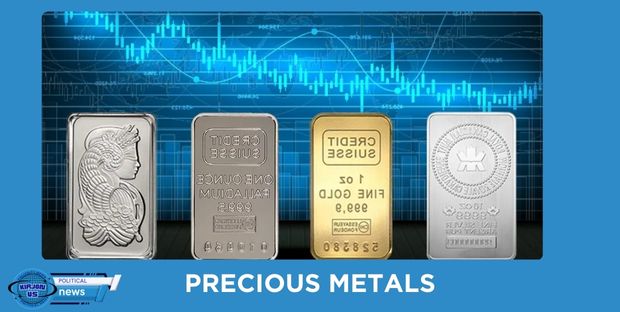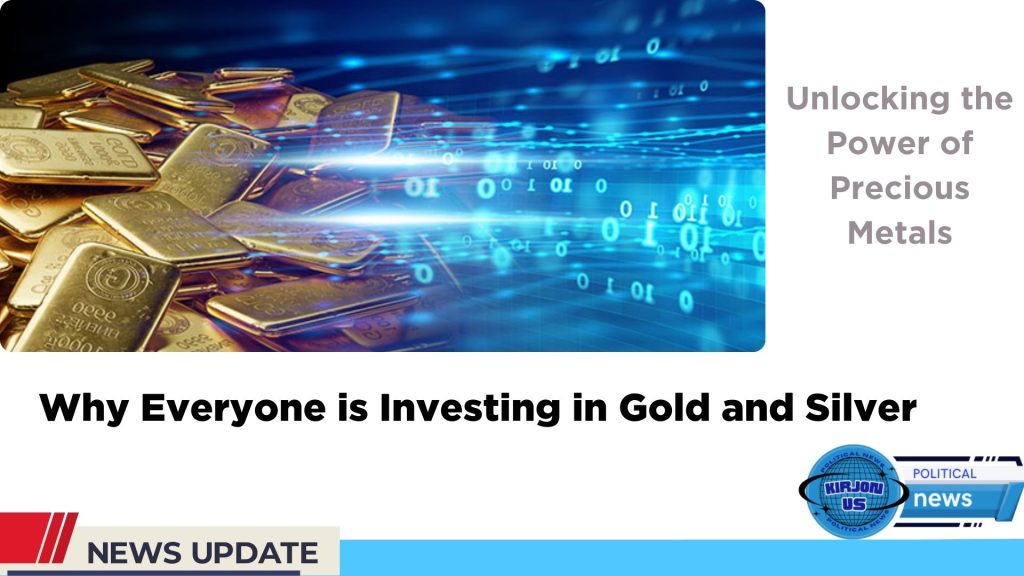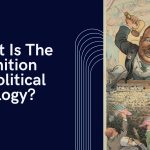Investing in Gold and Silver: Don’t Wait
Investing in precious metals has always held a certain allure, offering a tangible hedge against economic uncertainty and a sense of security in times of market volatility. In recent years, the appeal of gold and silver as investment assets has only grown stronger. With concerns over inflation, geopolitical tensions, and the ever-present specter of market downturns, more and more investors are turning to these timeless commodities as a means of diversification and wealth preservation.
Historical Performance
Gold has long been revered as a store of value, with a track record that spans centuries. From ancient civilizations to modern economies, gold has retained its purchasing power and served as a reliable hedge against economic turmoil. Similarly, silver has demonstrated its resilience over time, often outperforming gold in periods of economic expansion.
Current Economic Climate
In today’s uncertain economic landscape, the case for investing in gold and silver has never been stronger. With central banks around the world pumping trillions of dollars into their respective economies, concerns over inflation are mounting. Additionally, geopolitical tensions and trade disputes continue to roil markets, creating an environment ripe for precious metals.

Diversification Benefits
One of the key reasons investors turn to gold and silver is their ability to diversify portfolios and mitigate risk. In times of market stress, these assets tend to perform well, providing a buffer against losses in other asset classes. Whether it’s through physical ownership or investment vehicles like exchange-traded funds (ETFs), gold and silver offer investors a way to weather turbulent markets.
Tangible Assets
Unlike stocks or bonds, which exist primarily as electronic entries in a brokerage account, gold and silver are tangible assets that can be held in your hand. This physical presence not only provides a sense of security but also protects against the risk of currency devaluation. In times of hyperinflation or economic collapse, gold and silver retain their value, making them invaluable assets to hold.
Global Demand
The demand for gold and silver extends far beyond traditional investors. Emerging markets, in particular, have shown a growing appetite for these precious metals as they seek to diversify their reserves and protect against currency fluctuations. Additionally, silver’s industrial uses in electronics, solar panels, and medical devices ensure a steady stream of demand regardless of economic conditions.
Market Accessibility
Investing in gold and silver has never been easier. With a wide range of investment options available, including physical bullion, ETFs, and mining stocks, investors of all stripes can gain exposure to these assets. Furthermore, the rise of online trading platforms has democratized access to the precious metals market, allowing retail investors to buy and sell with ease.
Liquidity
One of the key advantages of investing in gold and silver is their liquidity. Unlike some alternative investments, which can be difficult to buy or sell, gold and silver are traded on highly liquid markets with deep pools of buyers and sellers. This means investors can easily convert their holdings into cash when needed, providing a level of flexibility that is unmatched by other asset classes.
Tax Benefits
In addition to their investment potential, gold and silver offer tax advantages that can further enhance returns. In many jurisdictions, gains from the sale of precious metals are taxed at a lower rate than those from stocks or bonds. Additionally, certain forms of physical gold, such as coins and bars, may be exempt from sales tax, further increasing their appeal to investors.
Risks and Considerations
Of course, investing in gold and silver is not without its risks. Price volatility, storage costs, and counterparty risks are all factors that investors must consider before allocating capital to these assets. Furthermore, the performance of gold and silver is often influenced by factors outside of investors’ control, such as central bank policy and geopolitical events.
Long-Term Outlook
Despite these risks, the long-term outlook for gold and silver remains favorable. As a hedge against inflation and a store of value in times of crisis, these assets play a crucial role in preserving wealth over the long term. With central banks continuing to pursue expansionary monetary policies and global uncertainty on the rise, the case for investing in gold and silver has never been stronger.
Conclusion
In conclusion, investing in gold and silver offers a time-tested strategy for preserving wealth and diversifying portfolios. With their historical performance, tangible nature, and potential for long-term growth, these precious metals are well-positioned to thrive in today’s uncertain economic climate. Whether you’re a seasoned investor looking to hedge against risk or a novice seeking to build a resilient portfolio, don’t wait to explore the benefits of investing in gold and silver.
FAQs
- Is investing in gold and silver a safe bet?
- While gold and silver can serve as hedges against economic uncertainty, they are not without risk. Investors should carefully consider their investment objectives and risk tolerance before allocating capital to these assets.
- How do I invest in gold and silver?
- There are several ways to invest in gold and silver, including physical bullion, ETFs, mining stocks, and futures contracts. Each option has its own benefits and drawbacks, so it’s important to research and understand the various investment vehicles available.
- What factors influence the price of gold and silver?
- The price of gold and silver is influenced by a variety of factors, including inflation, central bank policy, geopolitical tensions, and supply and demand dynamics. Changes in any of these factors can impact the price of precious metals.
- Are there any tax implications to investing in gold and silver?
- The tax treatment of gold and silver investments varies depending on the jurisdiction and the type of investment. In many cases, gains from the sale of precious metals are subject to capital gains tax, although rates may be lower than those for other asset classes.
- Should I invest in physical gold and silver or use investment vehicles like ETFs?
- The decision to invest in physical gold and silver or use investment vehicles like ETFs depends on your investment objectives, risk tolerance, and preferences. Physical ownership provides a sense of security and control, while ETFs offer convenience and liquidity.







